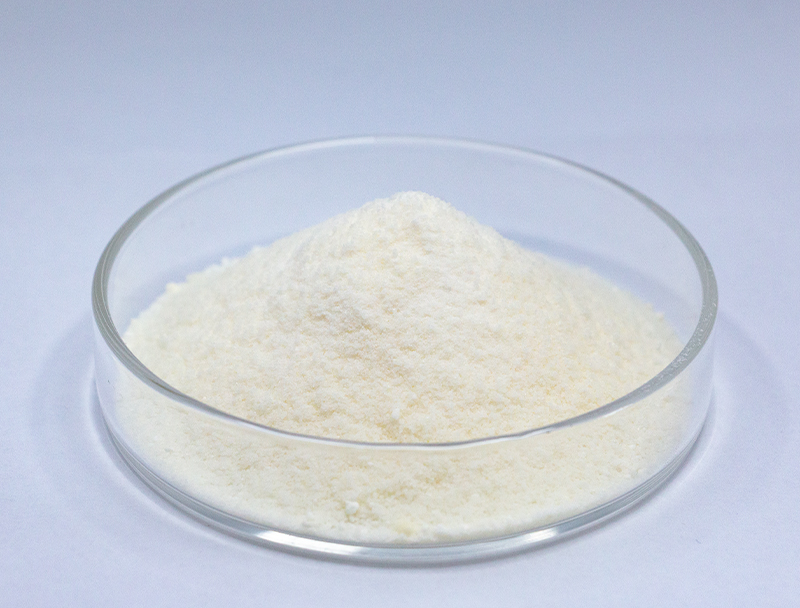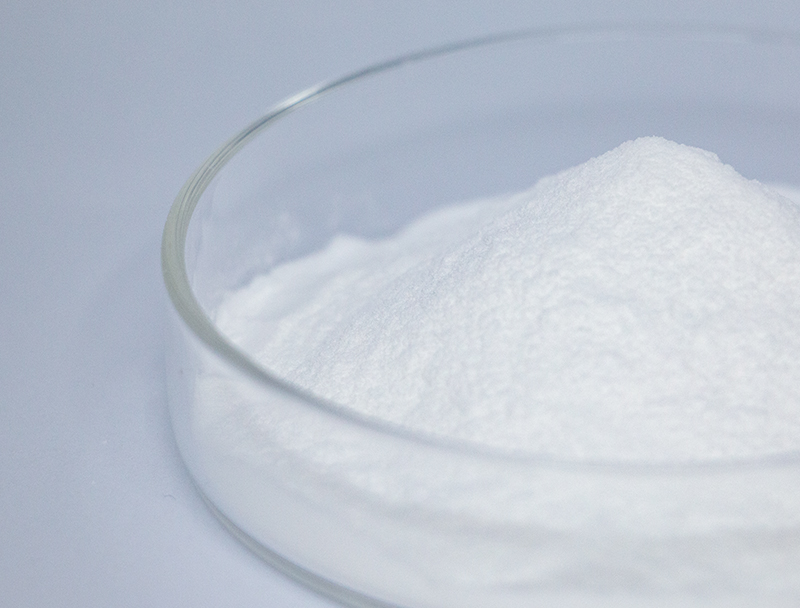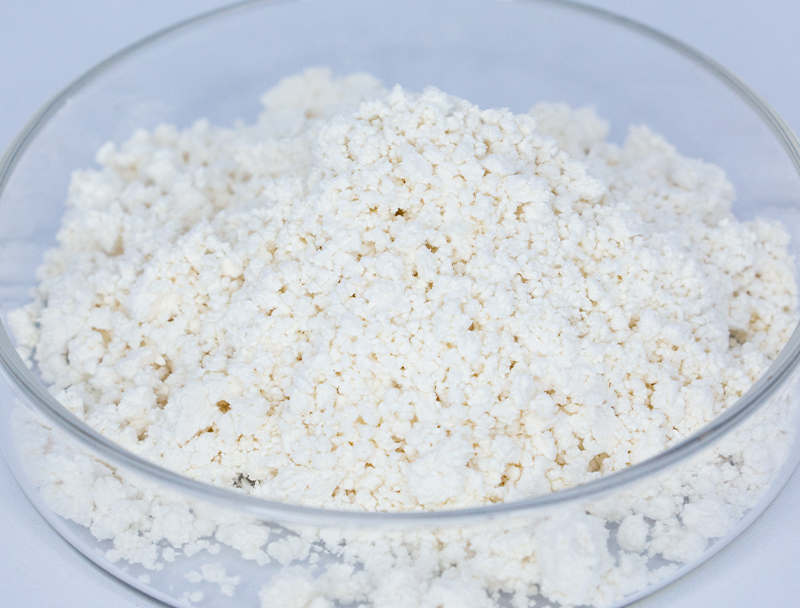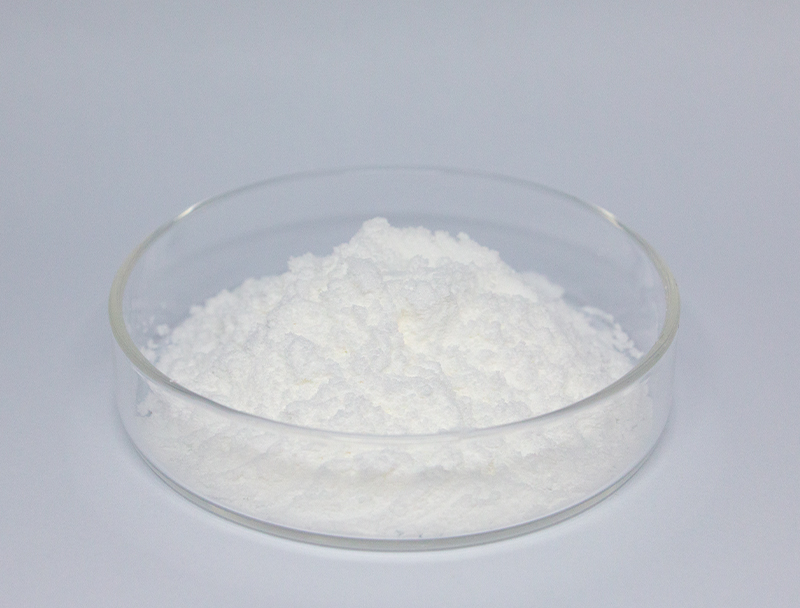
Large-scale bioproduction hinges upon a plentiful suite of substrates for generating cutting-edge biobased goods.
Securing sustainably sourced materials underpins enduring viability and ethical market growth.
multiple challenges associated with traditional raw material procurement including carbon-intensive impacts and resource exhaustion. Thus, organizations must explore circular sourcing options to lessen environmental harm.
- Situations demonstrating ethical sourcing encompass:
- Utilizing renewable feedstocks derived from agricultural byproducts
- Installing reclamation workflows to diminish waste and heighten recovery
- Connecting with nearby vendors prioritizing responsible supply
The transition to greener sourcing offers both planet-friendly outcomes and business advantages.
Optimizing Biomass Feedstocks for Enhanced Biofuel Production
Boosting conversion rates requires high-quality and well-characterized biomass. Researchers repeatedly investigate innovative methods to enhance feedstock potential, producing improved fuel yields and a lower-carbon energy pathway. Approaches include genomic enhancements to boost biomass growth and processing methods to convert complex lignocellulose into fermentable sugars.
- Furthermore, teams search for alternative biomass sources including algal strains, industrial wastes, and crop leftovers to broaden sustainable feedstock options for fuels.
- With persistent development the field will likely demonstrate notable gains that foster a more sustainable energy system.

Transformations in Upstream Biopharma Workflow Design
covers the early phases of biopharma production including culturing and biological harvesting New innovations across this area have produced enhanced manufacturing methods that boost yields.
Crucial progress includes proprietary cell systems, optimized growth media, and adaptive bioreactor architectures. These refinements escalate production and lower expenses and environmental strain.
- Furthermore, there is a growing trend towards continuous processing in upstream processing, allowing for increased flexibility over the production process.
- Implementing cutting-edge manufacturing technologies will probably redefine workflows and accelerate innovation.

Molecular Editing Strategies to Increase Bioproduct Output
advances in genomic editing tools including CRISPR have transformed therapeutic manufacturing. With exact genomic alterations, researchers improve host productivity for therapeutic manufacture. The approach may facilitate scalable, low-cost therapeutic production for numerous diseases.
Harnessing Microbial Biotechnology for Sustainable Bioremediation
state-of-the-art biological cleanup solutions using targeted microbial actions. Various microbial strains are capable of breaking down toxins into safer constituents.. Tapping into these capabilities enables green remediation tactics to restore ecosystems affected by industrial contamination.. Scientists evaluate varied microbes for potential to remediate metal contaminants, pesticide compounds, and oil-derived pollutants.. Such organisms are usable in treatment systems or applied directly to soils and waters to drive biodegradation of contaminants..
The use of microbial biotechnology in bioremediation offers several advantages over conventional methods. It is a cost-effective and environmentally friendly approach that minimizes the generation of harmful byproducts. Concurrently, these solutions provide focused remediation without widespread environmental harm. Advancements continue apace to increase the speed, efficiency, and applicability of microbial remediation techniques.
Data-Driven Approaches for Therapeutic Development
Computational tools have grown indispensable in the current drug discovery landscape. By screening targets and refining candidate molecules, informatics drives faster, evidence-based development.
- Via examination of genomic, proteomic, and clinical datasets, researchers pinpoint targets and project drug activity.
- Likewise, computational docking and dynamics help design molecules with improved target engagement and potency.
- Finally, data-driven informatics is changing drug development and hastening patient access to effective therapies.
Pathway Engineering for Greater Bioproduct Yields
integrates multiple methods to augment cellular production of target bioproducts. Techniques span CRISPR-mediated edits to reshape pathways, synthetic control elements to fine-tune expression, and gene imports to grant new biosynthetic abilities.. By calibrating pathway dynamics and expression levels teams can greatly amplify bioproduct yields.
Such holistic engineering could impact many areas including medical therapeutics, agricultural outputs, and biofuel production.

Challenges and Opportunities in Scaling Up Biopharmaceutical Production
Transitioning to higher volumes entails serious complications and potential rewards. Keeping consistent product performance at elevated volumes is a significant challenge. Solving it involves resilient control frameworks, high-resolution monitoring, and modern analytical tools.

Another concern is that bioprocessing workflows are inherently complex and multi-staged.. Scaling optimization is a resource-intensive task that calls for substantial innovation and study.. Nonetheless, the advantages can be major. Successful industrialization can broaden availability, trim costs, and raise profitability.
Challenges are being addressed through a number of initiatives. These include the development of new technologies for process optimization, advanced analytics for real-time monitoring and control, and innovative manufacturing strategies.
- R&D initiatives significantly drive enhancements in manufacturing capacity.
- Regulatory frameworks are being optimized to accommodate novel production technologies and promote innovation.
Mapping the Compliance Environment for Safe Therapeutic Development
Manufacturing biopharmaceuticals entails detailed regulatory processes to copyright safety and clinical performance. Biologically based treatments require tailored oversight and production controls beyond those for typical medicines.
Regulators such as the FDA and EMA define authorization pathways and quality standards for new biologic medicines..
Rigorous testing protocols are mandatory throughout the development lifecycle, from pre-clinical research to post-market surveillance.. Such safeguards are intended to detect hazards and ensure therapeutics adhere to top-tier safety benchmarks..
Also, governing institutions evolve their strategies to respond to swift advances in biopharmaceutical science.. Initiatives cover incorporating new methods and supporting faster development while ensuring patient protection.

Plant-Based Biomass Options for Bioplastic Manufacturing
The rising demand for eco-friendly materials fuels R&D on bio-based alternatives. Plant-derived biomass as input for bioplastics represents a practical route toward greener materials. Plant inputs like corn-derived starch, cellulose derivatives, and sugarcane can be turned into degradable plastics that lessen environmental burdens.
Similarly, selected bioplastics offer analogous properties to traditional plastics suitable for many applications.. Ongoing studies and technology development are vital to exploit plant feedstocks for bioplastics and foster a circular economy.
Emerging Biotech Solutions for Health and Food Security
Biotechnology offers potent solutions for advancing public health and enhancing food security. With genetic tools, engineered biological systems, and regenerative cell approaches, experts craft interventions to manage diseases, enhance agriculture, and fortify nutrition.. For example, engineered crops with pest resistance and stress tolerance can increase yields while lowering pesticide use.. Similarly, biotech contributes advanced vaccines, antimicrobial strategies, and diagnostic techniques crucial for infectious disease management and health advancement.. Continued scientific progress suggests biotechnology will increasingly underpin healthier, more sustainable societies β-Nicotinamide Mononucleotide worldwide.
